51+ Sample Executive Summary’s
-

Sample Executive Summary
download now -
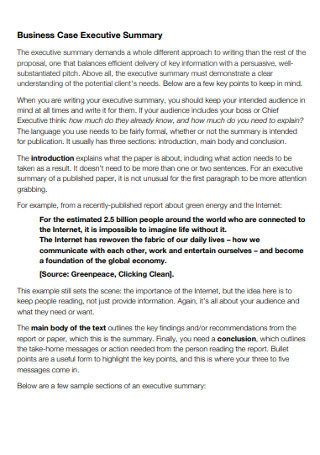
Business Case Executive Summary
download now -
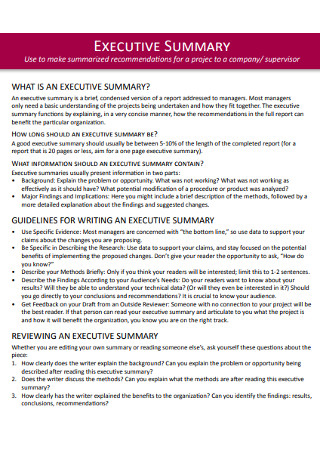
Company Executive Summary
download now -
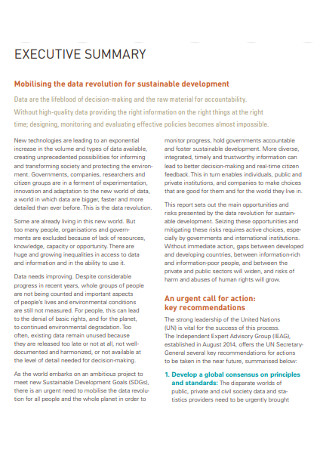
Mobilizing Executive Summary
download now -
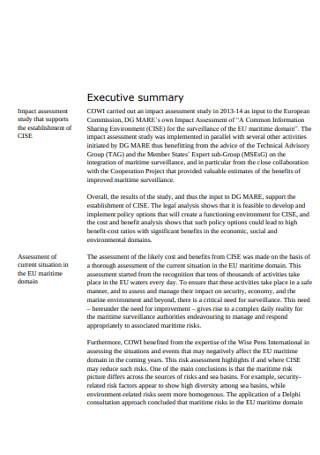
Basic Executive Summary
download now -
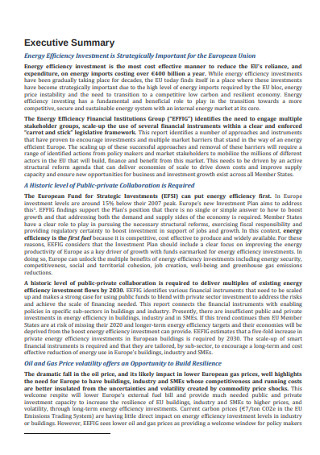
Financial Executive Summary
download now -
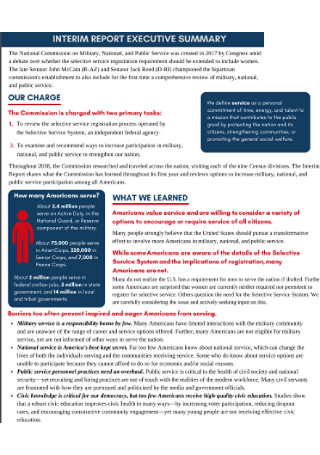
Interim Report Executive Summary
download now -
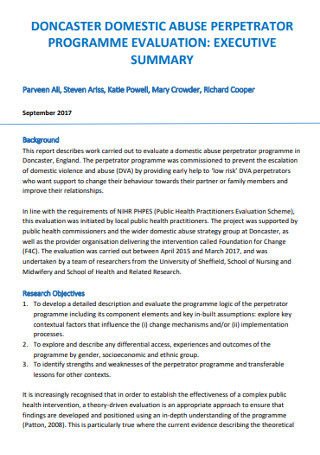
Executive Programme Evaluation Summary
download now -
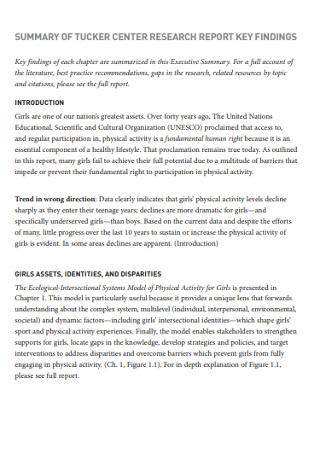
Executive Summary Research Report
download now -
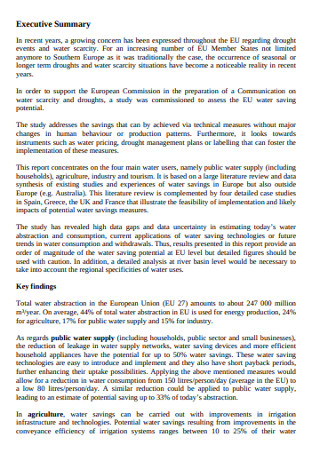
Simple Executive Summary
download now -
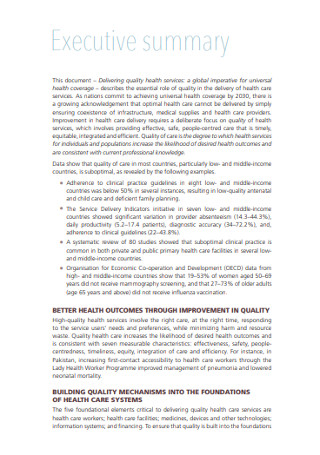
Formal Executive Summary
download now -
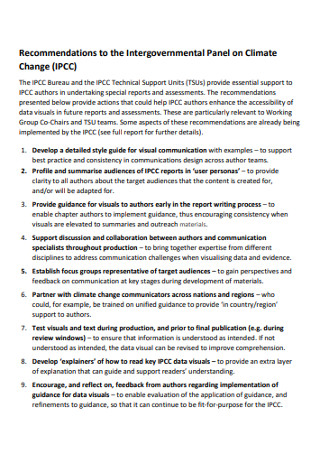
Executive Data Visuals Summary
download now -
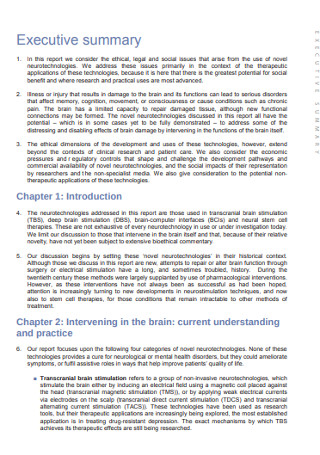
Standard Executive Summary
download now -
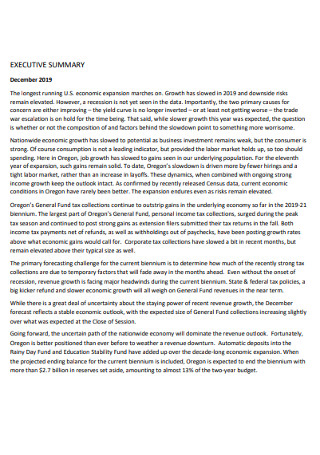
Executive Monthly Summary
download now -
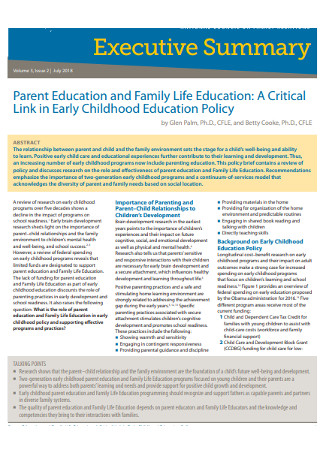
Parent Education Executive Summary
download now -
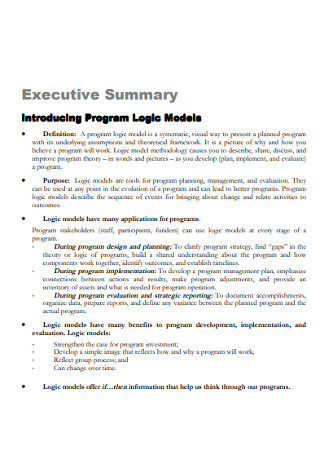
Executive Program Logic Summary
download now -

Council Executive Summary
download now -
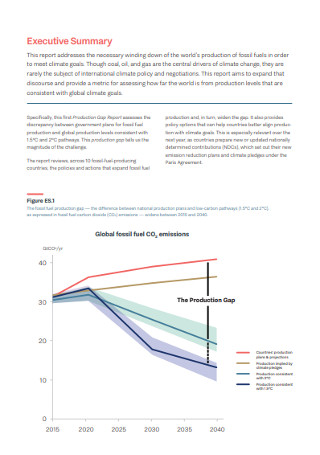
Production Gap Executive Summary
download now -

Nutrition Executive Summary Report
download now -
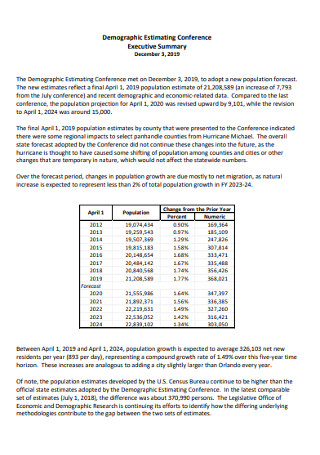
Demographic Estimating Conference Executive Summary
download now -
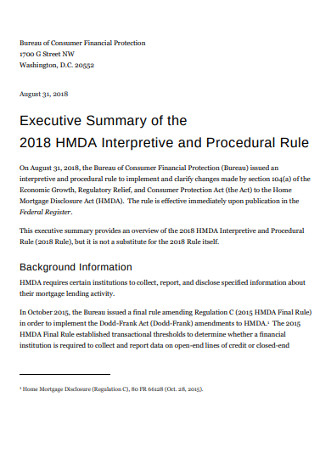
Executive Interpretive Summary
download now -
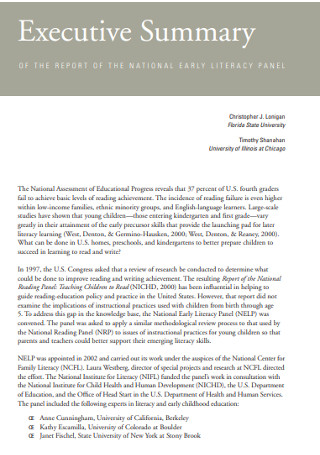
Literacy Executive Summary
download now -
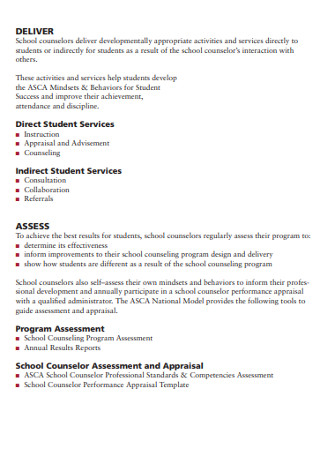
Executive Model Summary
download now -
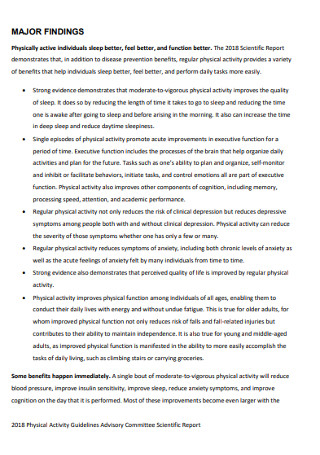
Major Finding Executive Summary
download now -
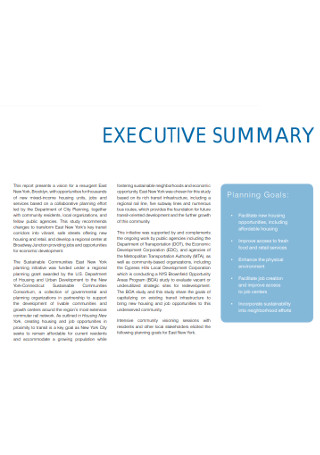
Executive Planing Summary
download now -
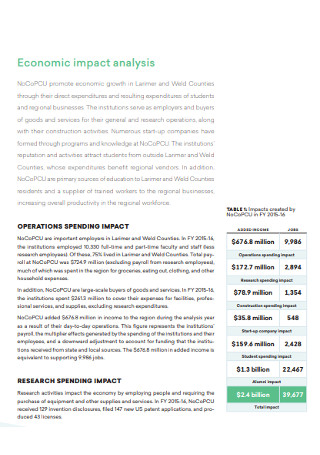
Economic Executive Summary
download now -
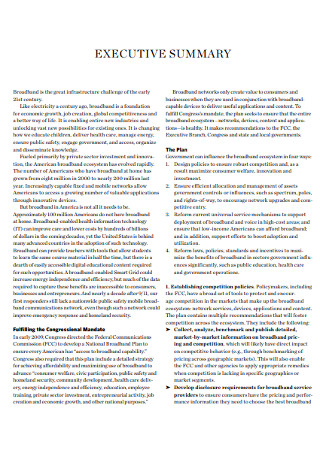
Excutive Plan Summary
download now -
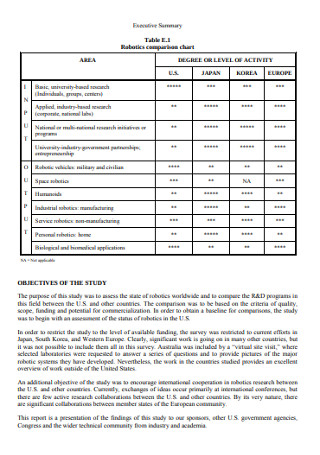
Executive Summary Chart
download now -
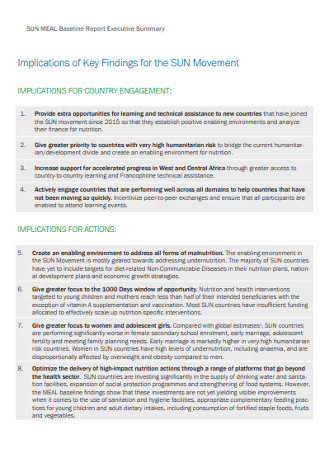
Baseline Report Executive Summary
download now -
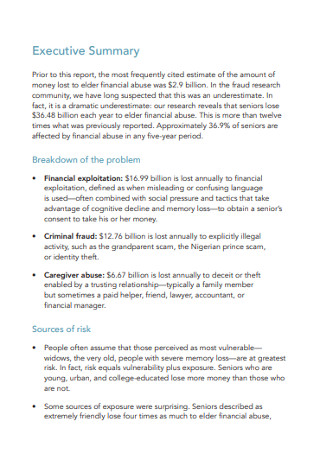
Printable Executive Summary
download now -
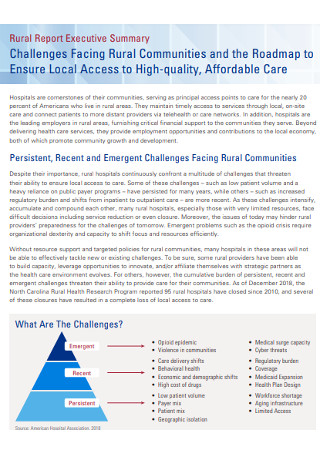
Rural Report Executive Summary
download now -
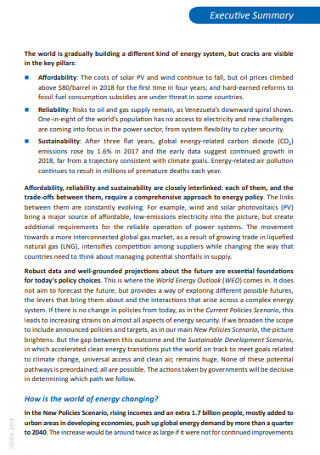
Agency Executive Summary
download now -
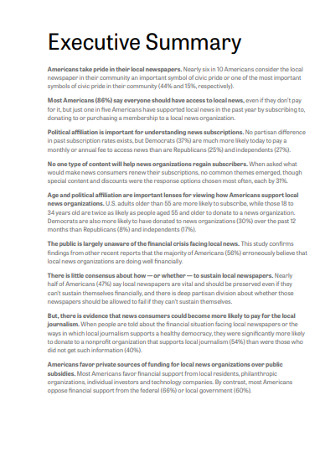
Local News Executive Summary
download now -
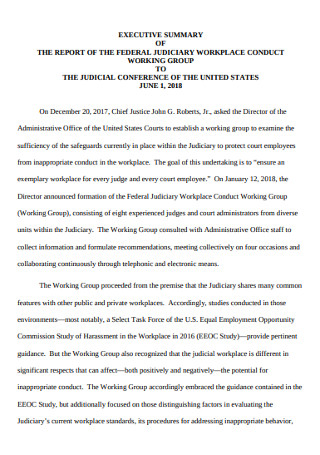
Executive Workplace Summary
download now -

Executive Summary Industrial Robots
download now -
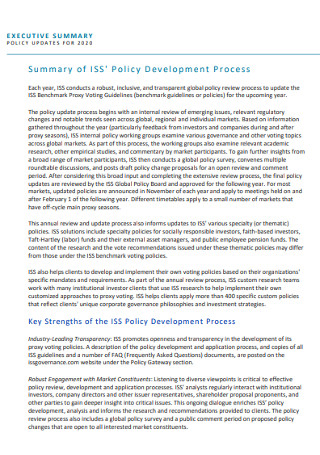
Executive Summary Policy
download now -
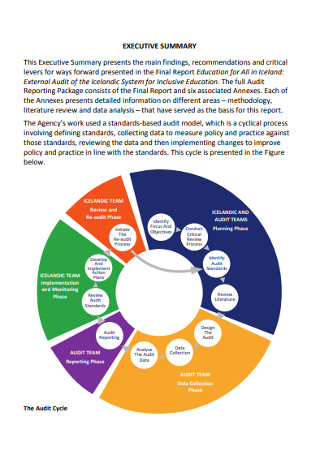
Executive Summary Audit Cycle
download now -
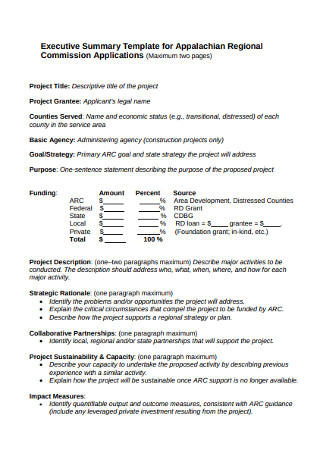
Executive Summary Template for Appalachian Regional
download now -
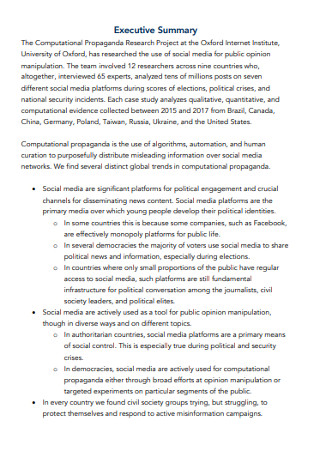
Project Executive Summary
download now -
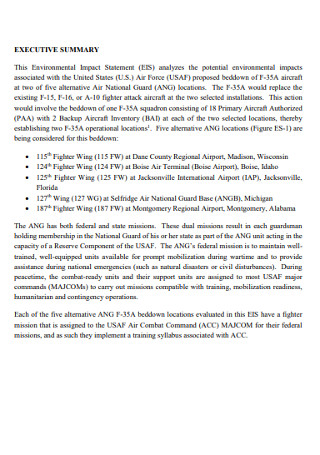
Environment Executive Summary
download now -

Business Plan Executive Summary
download now -
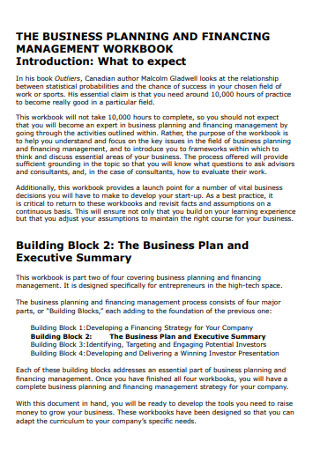
Business Planing and Executive Summary
download now -
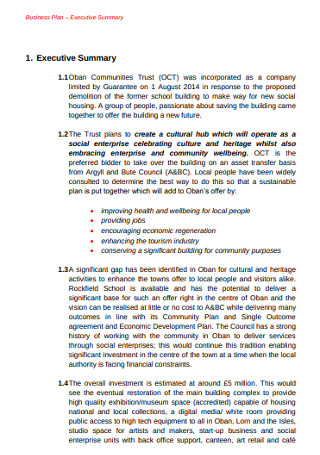
Sample Business Plan Executive Summary
download now -
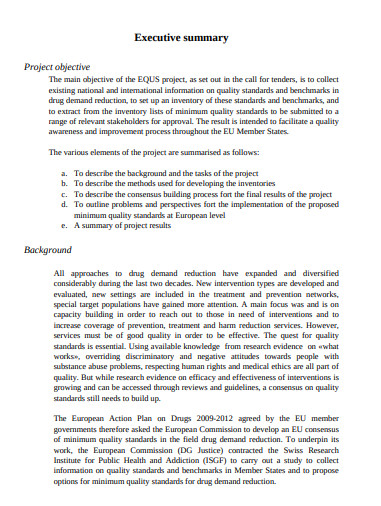
Executive Summary of Final Report
download now -

Industry Executive Summary Report
download now -
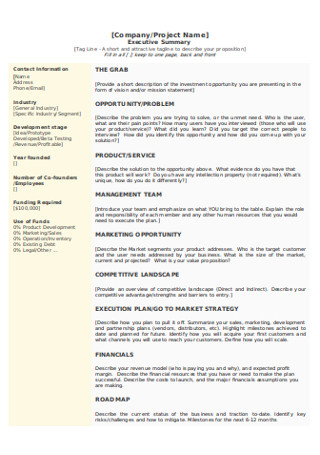
Company Executive Summary
download now -

Manufacturing Industry Executive Summary
download now -

Internship Executive Summary Reports
download now -
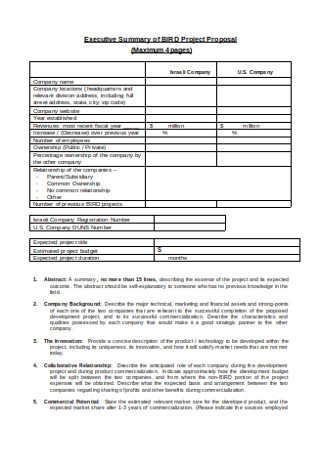
Executive Summary Project Proposal
download now -
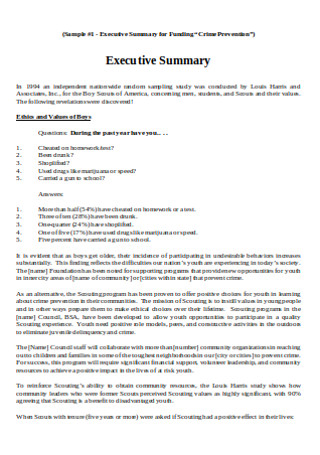
Executive Summary for Funding
download now -
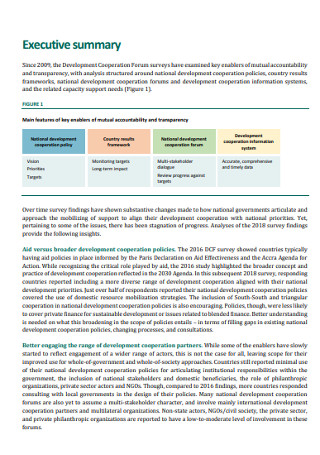
Sample Executive Summary in PDF
download now -
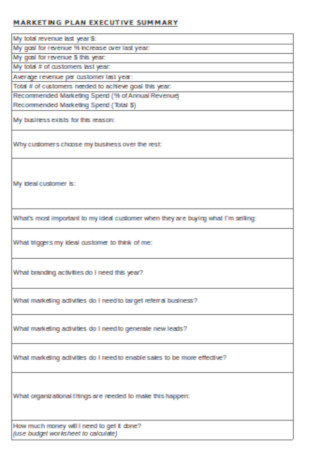
Marketing Plan Excutive Summary Template
download now
FREE Executive Summary s to Download
51+ Sample Executive Summary’s
What Is an Executive Summary?
Purpose of Having an Impressive Executive Summary
Main Points That an Outstanding Executive Summary Must Cover
10 Steps for Making an Informative Executive Summary
Benefits of Developing an Effective Executive Summary
Dos and Don’ts for Creating an Excellent Executive Summary
What Is an Executive Summary?
Most business documents contain an executive summary. It is considered as a simple and short review of an entire document. To make matters clearer, an executive summary is actually a condensed version of an entire document. Usually, executive summaries are used by businesses as a brief which precedes a particular business plan. It is imperative for you to create a business plan document with a high-quality executive summary if you are a starting business who would like to seek for potential partners or request for loans that your business can utilize. Even if executive summaries are commonly found in business plans, there are still other business documents like reports and proposals that requires an executive summary.
Purpose of Having an Impressive Executive Summary
From sales and marketing plans up to business reports, there are many business documents that contain executive summaries. Even with the range of documents and materials where an executive summary can be written, there are similar reasons why this part of the document is necessary to be created. Here are some of the purposes of having an impressive executive summary:
1. To Get the Attention and Interest of Your Target Readers
An executive summary can impact the impression of your target readers in so many ways. If a potential investor or partner reviewed your executive summary and finds it boring or mediocre, then it is most likely that he or she will not review the entirety of the document. This is how important an executive summary is. With this, you need to make sure that your executive summary can convince your target readers to want to learn more about what the document contains.
2. To Present the Order of Discussion in the Full Document, Report, or Material
An executive summary should be written in a manner where the presentation of its content is following the exact same order of information listing which can be observed in the main document where it will be used. If you can do this, it will be easier for your target audience to not only know what the document contains but also to identify the organization of details within it. Hence, an executive summary can promote the document’s ease of use since it can already indicate the discussion flow that your target readers can expect as they browse through the specific business document.
3. To Give an Idea About the Major Areas or Segments of a Business Document
Since an executive summary can tightly sum up a business plan or any other business documents, this part of the presentation can be used to present the key points that can be prioritized by your organization’s desired audience. You have to let your stakeholders know the priority of the document alongside its purpose. Giving a transparent and straightforward idea about these matters can help you to better your chances of getting potential successes.
Main Points That an Outstanding Executive Summary Must Cover
According to duarte, 55% of people specified that a great story is the primary reason on why they focus on a presentation. If you are presenting a business plan, you have to make sure that you can get the attention of your desired audience by letting them be aware of the necessary and relevant story that you have to tell. For you to appeal to the people who will review the document, make sure that your executive summary can already capture their focus. The main points that an executive summary must cover for it to be deemed outstanding are as follows:
10 Steps for Making an Informative Executive Summary
According to hbr, 81% of business people agree that reading materials which are poorly written only result in a lot of time wastage. If you are creating a business plan or any business documents and you do not want to get this kind of impression from your target audience, it is imperative for you to ensure the quality of the entire document. With this, you need to set the standards and basis for impression with your executive summary. Listed below is a ten-step process that you can follow and execute so you can make an informative executive summary for your business plan.
Step 1: Review the Business Plan and Use a Downloadable and Editable Executive Summary Template
You should create your executive summary once the entire business plan is already done and finalized. Browse through the business plan so you can outline all of the items that you need to present in your executive summary. To begin the development of an executive summary, you have to be aware of how you can properly structure this part of the business plan. We recommend you to download a printable template that you can modify so you can already have a clear idea of how your executive summary should look like.
Step 2: Write an Informative Summary
Specify the purpose of the business plan or any other business document where the executive summary will be incorporated in. It is important for you to present what you and your organization would like to achieve. May it be to get a sponsor or close a business deal, your executive summary should be able to relay the message about the document’s purpose or reason for development.
Step 3: Present a Concise and Clear Description of Your Company and Its Organizational Structure
You have to introduce who you are. Let your target readers know the exact name of your organization, the location where you can be found, and the nature or core of your operations. You can also talk about your management team and the structure of your business organization. In this manner, you can let them know who they are transacting with and where the document is from.
Step 4: Discuss Your Market Analysis, Product Line, and Marketing Plan
Let your readers be aware of your target market. Present the market segments that you would like to penetrate in consideration of your desired audience’s activities, needs, and wants. More so, give a transparent and fact-based idea about the current condition of the marketplace. In this manner, you can already have a foundation when it comes to proving the feasibility of your idea. Next up, what are you going to offer to your stakeholders? You have to showcase your product line so that your readers can set their expectations about it. Aside from this, you also have to present the ways on how you are planning to market your products and/or services. Giving your potential stakeholders an idea on how transactions will take place and how you will use your plans of action for their advantage in the future can let them become more interested to review the document.
Step 5: Specify Your Funding Request, its Purpose, and Add Other Information
Your executive summary must also be direct to the point when discussing your requirements. This can validate the purpose of the document’s usage since you are already establishing a possible relationship. If you are requesting for funding, make sure that you will be concise with where you will put or spend the money that you are asking. Be as transparent as possible in this part of your executive summary. After that’s done, be sure to include all the other key points of the business document which are not included in the list above. It is important for your executive summary to be as complete as possible which is why you have to make sure that you will leave no important information behind. However, be reminded that you are creating a summary so don’t include too much supporting details and don’t implement a word-by-word content transfer in the executive summary.
Step 6: Close the Executive Summary With Your Financial Projections and Value Proposition
If you are seeking for investments from other parties, your executive summary should enable you to convince them that it will be worth it. Present your value proposition in alignment with your financial projections. Allow these items to be measurable, realistic, and attainable. Ensure that all of the details of this segment of the executive summary are further and keenly discussed in the actual content of the business document. From there, polish the executive summary that you will hand to your target readers. Make sure that the final executive summary is updated, error-free, and well-developed so you can have high chances of impressing the people who will review the document.
Benefits of Developing an Effective Executive Summary
Once you have already created an executive summary and have used it for an actual document presentation, there are different advantages that you can already experience. Knowing how an executive summary can be advantageous for your organization and its stakeholders can help you to get the inspiration and motivation that you need when it comes to refining and polishing this area of any business document that you are making. Here are the benefits of developing an effective executive summary:
Dos and Don’ts for Creating an Excellent Executive Summary
Whether you are making a marketing plan executive summary or any other kinds of executive summaries, you need to have a high-quality output especially if you will be presenting a business document to potential investors, donors, partners, and/or sponsors. There are several items that you have to consider or follow so you can make sure that your output will be as outstanding as you have hoped for. Some of the guidelines that you need to look into when creating an excellent executive summary are as follows:
Do’s
1. Do Make Your Executive Summary Brief and Direct to the Point
The length of a typical executive summary is just a page or two. With this, you have to make sure that all the details that you will include in the executive summary are straightforward and necessary. Even if there are only a few paragraphs that you can work on, it is still essential for your executive summary to be understandable and informative.
2. Do Review the Entire Document Before Writing an Executive Summary
An executive summary, even if placed in the initial parts of a business document, should usually be the last thing that you must write. This is to make sure that you can be very particular with the entire scope of the document that you are making. Through this, you can properly reflect the important key points of discussion in the executive summary.
3. Do Make Your Paragraphs for Discussion As Concise As Possible
Specify items that are important and necessary. Use paragraphs that are short but still contains a sense of meaning. This is due to the fact that you should still be able to understand the scope of the document even if it is solely the executive summary that you have read. If you want to have concise statements that your target audience can surely relate to, you have to be very particular with your language selection and wordings.
Don’ts
1. Don’t Get Confused When Comparing or Differentiating an Executive Summary and an Abstract
Some people think that an executive summary and an abstract can be used interchangeably. However, this is not the case. Just like business introduction letters, an abstract’s main purpose is to orients readers. It is a part of a business document that is only an overview of the document’s content and not entirely a summary of its key details. On the other hand, an executive summary presents a summarized list of the major matters discussed in a single business or corporate document.
2. Don’t Think That an Executive Summary Is Supposed to Be Comprehensive
Your executive summary should contain bits and pieces of information from the actual document where it will be used. With this, it should not be your goal to make an executive summary comprehensive. Keep in mind that executive summaries are just brief reviews of what a document contains. Hence, it should not serve as a substitute or a replica of the original material.
3. Don’t Overlook Your Audience
When making an executive summary, you can be overwhelmed with all the information that you need to put together. Aside from internal variables, you also have to consider the external forces that can contribute to the potential successes of the executive summary and the entire document. For one, you have to know who you will be reporting to. Being able to identify your audience or the people who will read the document can help you craft an executive summary that is aligned with their quality standards, expectations, needs, and points of interest.
An executive summary is only a portion of an entire document. Even with this being said, it still plays an important role that can make or break the effectiveness of a business document. If you want to let your stakeholders know what the document is all about and what it actually contains, make sure that you will develop an exemplary executive summary. Try to use our downloadable samples and templates as your references so you can already start crafting an impressive executive summary that can surely delight your target audience.
